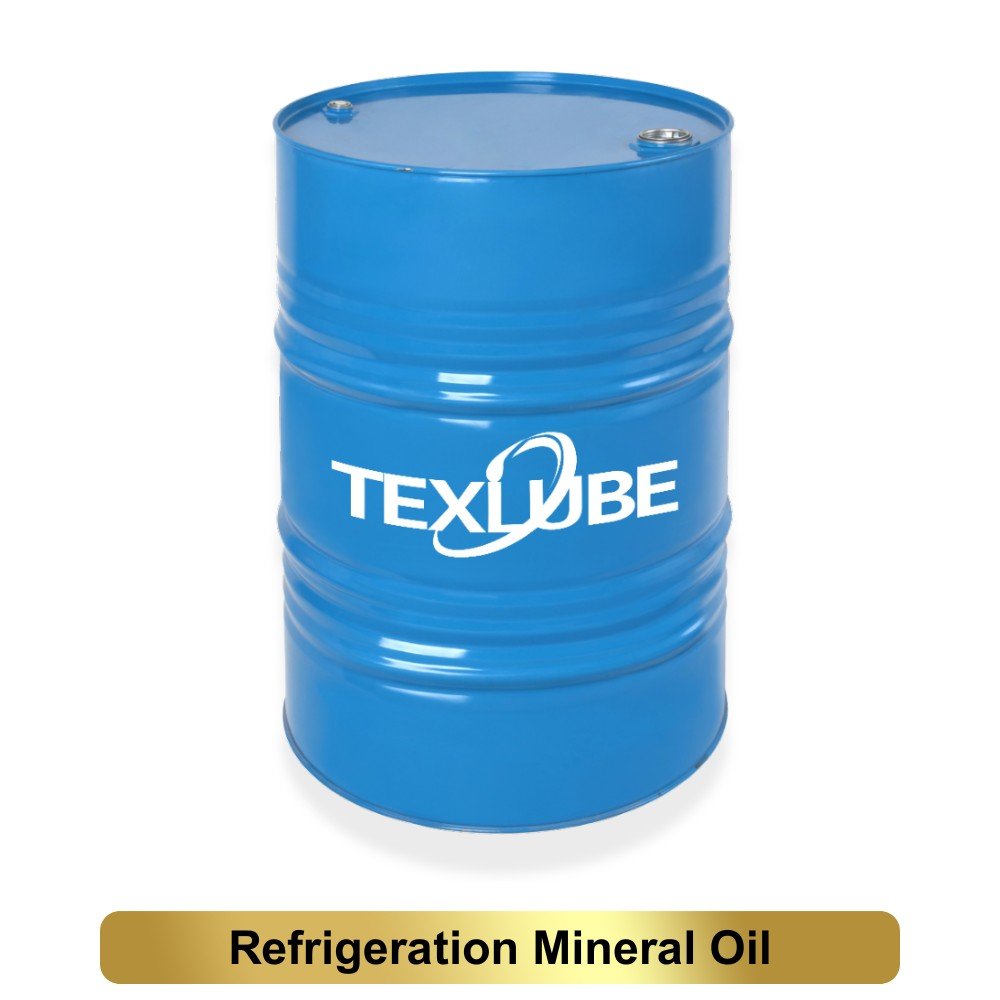
| PRODUTO | COLOR NUMBER | VISOSITY 40℃/100℃ | POUR POINTS ℃ | FLASH POINTS℃ | VALOR DE ACIDEZ mg KOH/g | DENSITY( ℃) | TEOR DE UMIDADE mg/kg | CONGEALING POINT ℃ |
|---|---|---|---|---|---|---|---|---|
|
TEX-908-5
|
20
|
5.06/1.6
|
-66
|
112
|
0.01
|
871
|
30
|
-68
|
|
TEX-908-10
|
20
|
9.8/2.31
|
-54
|
142
|
0.01
|
880
|
30
|
-58
|
|
TEX-908-3GS
|
30
|
31.96/4.661
|
-35
|
196
|
0.01
|
901.2
|
35
|
-43
|
|
TEX-908-4GS
|
26
|
64.49/5.216
|
-35
|
209
|
0.01
|
903.7
|
35
|
-45
|
|
TEX-908-5GS
|
22
|
89.97/8.168
|
-34
|
218
|
0.01
|
906.5
|
35
|
-42
|
|
Test Method
|
In-house Method
|
ASTM D445/ASTM D567
|
ASTM D97
|
ASTM D92
|
ASTM D974
|
ASTM D1298
|
ASTM D4928
|
ANSI/ASHRAE86
|
TEXLUBE GS series refrigeration oil is suitable for fully enclosed and semi-hermetic compressors using R22 as the primary refrigerant. It is also compatible with systems using R600a, R290, R502, R717, and R12 refrigerants, and is especially recommended for systems operating with evaporating temperatures above –43°C.
The GS series is widely used in air conditioners, refrigerators, freezers, and industrial refrigeration systems. It supports stable performance across various compressor types, including reciprocating, rotary, scroll, screw, and centrifugal models.
This series is commonly recommended by compressor manufacturers for use in new units as well as after equipment servicing or overhaul.
| Tipo de contêiner | Capacidade típica | Aplicativo |
|---|---|---|
|
Garrafa de plástico pequena
|
250 mL / 500 mL / 1 L
|
A/Cs domésticos, pequenos compressores, manutenção de campo
|
|
Lata de plástico ou metal
|
4 L / 5 L (aprox. 1 gal)
|
Postos de serviço, técnicos de HVAC
|
|
Balde de metal médio
|
10 L / 18 L / 20 L (aprox. 5 gal)
|
Oficinas, manutenção industrial
|
|
Tambor de aço (grande)
|
200 L / 55 gal
|
OEMs, fábricas, fornecimento centralizado de óleo
|
|
Tanque IBC
|
1000 L / 264 gal
|
Armazenamento em massa, usuários industriais em larga escala
|

Óleo de refrigeração
Apoiar
Deixe seu e-mail para receber um orçamento ou detalhes do produto.
Ajudamos você a reduzir os custos de aquisição, aumentar o desempenho do equipamento e garantir um fornecimento estável — tudo de uma só vez.